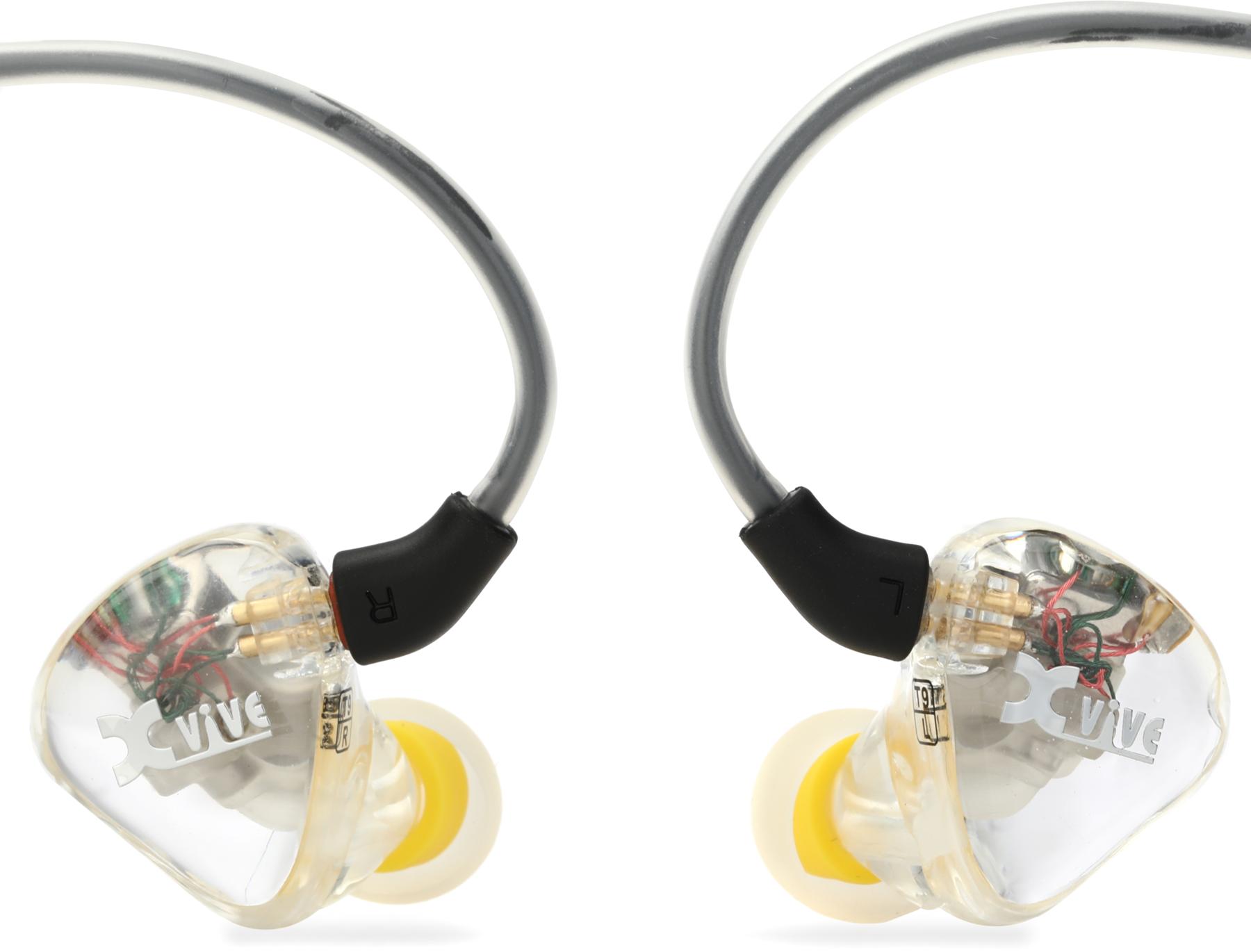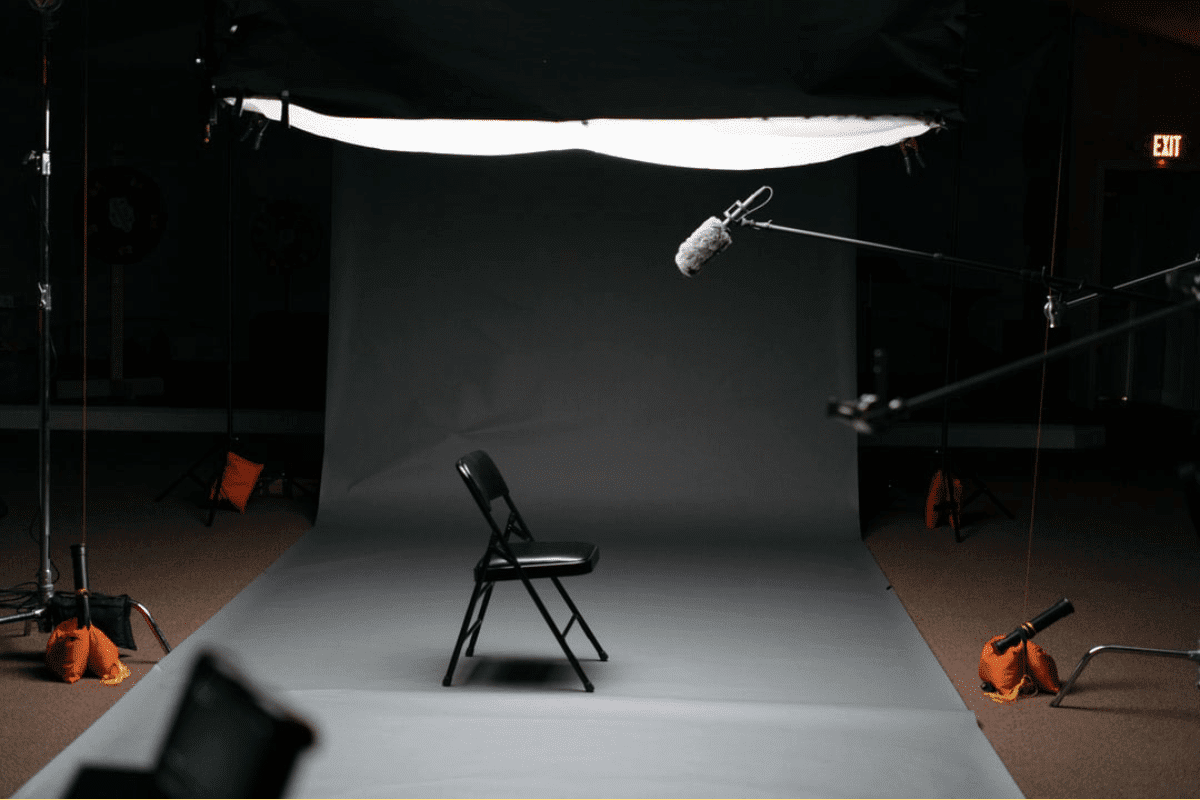The Best In Ear Monitors for Under $100
- I found that using the foam earbuds created a significantly richer sound and provided much more isolation from the outside environment.

The worship community seems to be abuzz about the latest trend in In-Ear Monitors, low cost. With shockingly small prices and yet lofty promises of sonic quality, it almost seems too good to be true. However, after testing many pairs of these budget IEMs (short for In-Ear Monitors) I can encourage you to believe the hype.
THE BEST IN EARS UNDER $100
Based on our budget constraint of $100, user recommendations, and to highlight products that meet a specific need we took a look at 5 models by 4 manufacturers:
Most are recommended but each has its unique strength based on the many factors that need to be kept in mind when selecting which IEM is going to be right for you.
FACTOR #1: THE FIT
The first factor to be considered in selecting IEMs is going to be how they are going to fit. This is, however, going to be dependent upon the unique physical shape of each person’s ear.
While almost all IEMs come with three to four sizes of interchangeable earpieces to adjust for the size and shape inside your ear (your ear canal) the other item to consider whether or not the body of the IEM will fit in the outside of your ear. Some headphones are just bigger than others and you want to make sure there is enough space for them to stay in place and look good.
While a vast majority of people will have sufficient space in their ears to fit most IEMs, there are some people who have limited real estate. Specifically for this reason, we took a look at the TIN HIFI T2’s as they have the smallest external shape. The size reduction comes at the cost of a reduction in quality, but if better headphones don’t fit in your ear then it doesn’t really matter how great they are.
FACTOR #2: HOW IT WORKS
The next item to consider, which is also the biggest determiner of quality, is how the IEM is designed to work.
Headphones have become impressively complicated pieces of technology and often consist of many speakers working together in one tiny space. Essentially they are a miniaturized sound system of tweeters, horns, and subwoofers working much like those big boxed speakers you have in your sanctuary.
While all of that can get pretty complicated and technical, the basic rule is that the more speakers you have the better. The idea is that by allowing the workload to be divided up among many speakers instead of just one, each speaker can do a better job because it has less to handle.
For most IEM these speakers come in two forms: Drivers and Armatures. Many IEMs use these two in a hybrid design. The KZ ZS10 pros and the CCA C10 both have one low-end driver and a 4-armature design, whereas the MX2 and TIN 2’s both have a single driver and armature, and the MX1s only have a single driver.

FACTOR #3: VOICING
Next up is voicing, as some IEMs are tuned to provide more low-end sound for drummers and bass players. While the bottom-end sound is enhanced, the tradeoff comes at the price of the highs, as in order to compensate for the beefy low end, the highs can come across too bright. Especially when anyone says the letter S (what is often called sibilance).
FACTOR #4: LOOK
Lastly, how the in-ears look can be pretty important. One of the biggest drawbacks of budget IEMs is a lack of customization. Many of the headphones we reviewed have only three or four options to choose from and have very small amounts of color.
That is certainly not a deal breaker if you like how the standard offerings look, but if you are hoping for something customizable then will want to check out the MX series from MEEAudio. From colors to personalized face plates, and even the option to add custom molds MEE Audio by far has the most customizable options.
These updates come at small increases in cost but they are at least available where they are not available for the other monitors we tested.
A FEW THINGS TO NOTE…
There are a few extra things to know about budget IEMs as many of them do not come with a system to synch up the cable to your head. As odd as that is, it is actually quickly reconciled by wrapping the included twisty tie around the cables to form a slidable ‘bead’. It works well and actually looks like it belongs.
When you go to order you will also notice that many of these IEMs have the option to purchase a cable with a microphone or without. A feature designed to be used if you wanted to use these headphones with a cell phone, but since you will hopefully not be making phone calls during worship you should probably stick to the version without a microphone.
The very last thing to consider is purchasing foam earbuds to replace the silicone versions that are included with every pair. I found that using the foam earbuds created a significantly richer sound and provided much more isolation from the outside environment. They don’t last quite as long as the silicone versions but they are well worth the small investment.
Top Picks
For sound quality the KZ ZS10 pros and CCA C10s look and are built essentially identically, however, I would give a slight nod to the CCA C10s as I felt they had a wider and more immersive sound. Additionally, the C10s are also a little cheaper, making them the best value. However, if you want customization head over to the products from MEE Audio which performed surprisingly well for their single-driver design.
Key Takeaways
Pros: The low cost and high quality brings affordable options to the masses.
Cons: Limited options for some companies and a retrofit system must be added to synch loose cables.
Bottom Line: The world of In-Ear Monitors has changed
Our Latest Devotional Podcast
What's Your Reaction?
Hi! We're Steve and Shawn Reed! We love leading people to worship God. We record the songs that help us worship and hope they are a blessing to you. We have had the wonderful opportunity to travel to many churches across the world to lead worship and conduct customized training sessions. We also partner with Worship Leader Magazine as hosts of the Worship Leader Podcast. We have two handsome boys who often lead with us on bass and drums. We thoroughly enjoy living in Nashville, TN! For more information about worship team training please visit musicandministry.co





